39+ Sample Employee Handbooks
-

Employee Foundation Handbook Example
-

College Employee Handbook Example
-
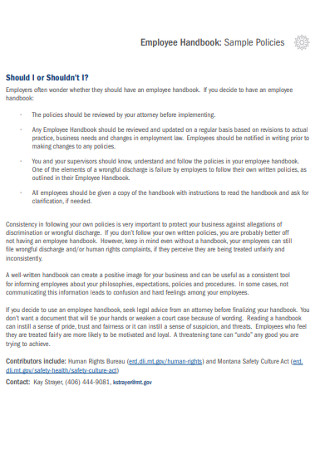
Sample Employee Handbook Policy Example
-

Sample College Employee Handbook Example
-

School Teacher Handbook Example
-

School Laboratory Teacher Handbook Example
-

Principal Internship Handbook Example
-
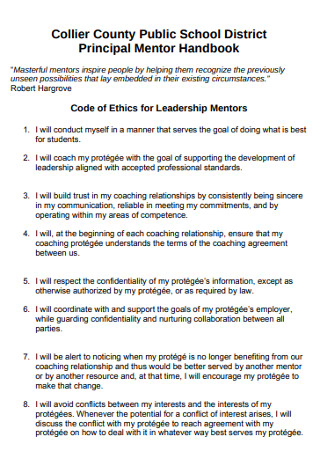
School Principal Mentor Handbook
-
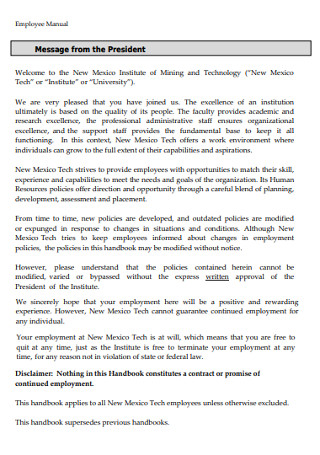
Sample Employee Manual Handbook
-

Staff Employee Handbook
-

Sample Staff Handbook
-

University Staff Handbook
-

Student Teacher Handbook
-

Sample Employee Administration Handbook
-

Office HR Employee Handbook
-
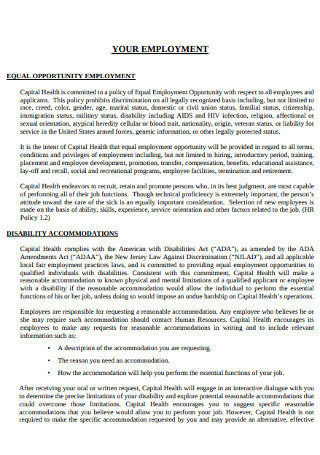
Health Employee Handbook
-

Employee Handbook Template
-

Employee Handbook Development Checklist
-

Principal Certification Program Handbook
-

Sample Field Supervisor Handbook
-

State College Employee Handbook
-

Associate Teacher Handbook
-
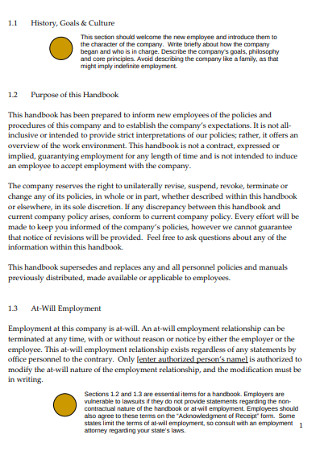
Model Employee Handbook
-

Prime Time Healthcare Employee Handbook
-

Psychiatry Junior Doctor Handbook
-

Sample HR Handbook
-

Bank Employees Handbook
-
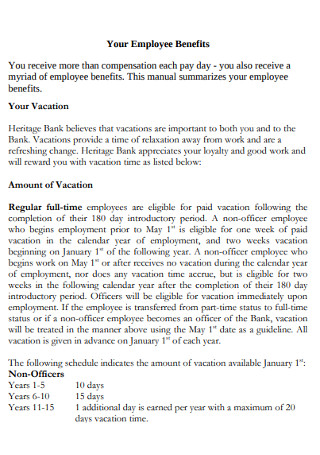
Saample Employee Benefits Handbook
-

Non Uniform Employee Handbook
-

Sample Bank Staff Handbook
-

Basic Employee Policy handbook
-

Administrator Statement Handbook
-

School Administrators Handbook
-

College Staff and Administrators Handbook
-
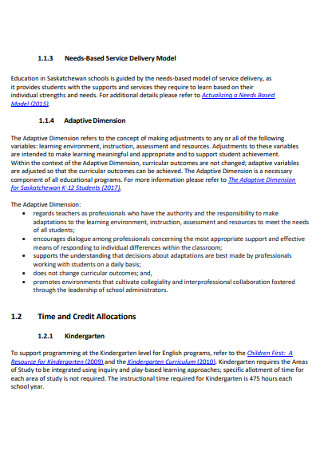
Registrar’s Handbook for School Administrators
-

Engineering Faculty Handbook
-

Math Department Lecturer’s Handbook
-
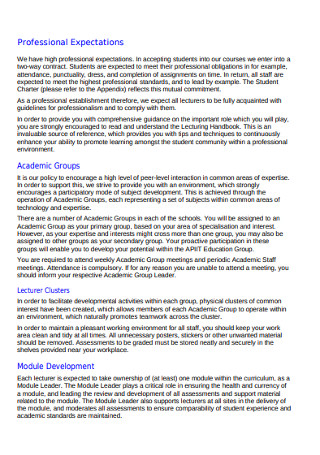
New Staff Lecturer Handbook
-

Company Recipt Handbook
-

Employee Handbook Checklist Template
download now
What Is an Employee Handbook?
An employee handbook is considered to be a necessity in today’s business environment. It sets forth the rules and responsibilities that employees are expected to follow throughout their employment, as well as their rights as valuable members of the organization. Think of it as a compilation of all company policies and protocols. The purpose of the handbook is to simply document every significant matter that employees need to be aware of to respond accordingly to internal conflicts. New hires are generally provided a copy of the employee handbook as part of the onboarding process. They are also required to sign an HR form to denote their understanding of its provisions.
While it may seem like an employee handbook only favors the desires of an employer, remember that its scope also addresses the needs of employees by promoting a positive, productive, and safe work environment for all, especially from improper or harmful conduct exhibited by non-supervisors.

The Importance of Having an Employee Handbook
People sometimes rebel against their employers when presented with new policies that they aren’t in favor of. In fact, 33% of 1,204 employed Americans revealed that they would quit their job if the company they work at suddenly required employees to adhere to a strict dress code. A company has every right to revise its policies as long as it conforms to state laws and that the information is disseminated accordingly. But even that doesn’t mean that employees will approve of it, especially if it fails to acknowledge their convenience.
One good reason to have an employee handbook as one of your HR documents is to bring uniformity across the company. Employee handbooks serve a crucial function in employer-employee relations. Apart from informing employees of company expectations, they also provide legal protection to both parties. The handbook contains important details that employees would need to know about as members of the organization. It can also be a useful source of information for managers and the Human Resource team as they confront real-time issues in the workplace.
Another reason to have an employee handbook is to put all of your company’s rules and regulations into one document. Building a dynamic and engaging company will come as an advantage in your competitive game. It’s even better when you have a handbook to convey this information to members of your team. This will make it easy for employees to use as a reference for whenever they have concerns that the handbook can quickly address. Just make sure that every employee is given a copy of the handbook at the very start of their employment to avoid the hassle.

How to Develop an Employee Handbook
A comprehensive employee handbook can act as a road map for how your company’s operations go. Though they can be helpful in understanding the company’s culture and workplace environment, we have to admit, they aren’t exactly the most exciting material to read. You can ask some of your employees if they’ve made the effort to read through the entire thing, and nearly half of them would confess to merely skimming through the handbook to find something they might care about. To ensure that employees are able to read and acknowledge its contents, much effort must be exerted into developing the handbook.
Step 1: Set the Tone
Before getting into serious matters, introduce your company to employees and make them feel stoked to be a part of the community. You can begin with the history, mission, and values of the company. A simple statement that encompasses what matters most to you as a company will make all the difference in keeping employees inspired. Make sure to keep it interesting enough for employees to take pride in the idea of being a part of the company’s story. You also want to keep this section short and straightforward so you don’t end up losing their attention. This should carve a path for those who want to make a difference and grow alongside the organization that they are a part of.
Step 2: Lay Out the Basics
During your first week of school, one of the things that instructors are likely to ask you (apart from your name) is your expectations for the class. In the same sense, the handbook should let employees know what you can expect from them along with what they can expect from you as an employer. This includes general employment information regarding hiring policies, payment schedules, overtime pay, leaves of absence, meal and rest breaks, and safety and security procedures. Be sure to review your state laws in regard to the policies covered by the handbook. You don’t want to miss anything important, so doing your homework before getting into the matter is always a good idea.
Step 3: Add Details that Matter
Once you have met the basic requirements of an employee handbook, you can add in anything else that employees care about. There are a lot of questions that employees would want to clarify with the HR department in which a majority of such may be answered by the handbook. The standards of conduct must be outlined clearly in the handbook for reference. These can include matters related to flexible work arrangements, the office dress code, social media policies, personal technology usage, and anything else that may be the topic of your discussion.
Step 4: Get the Approval of Your Staff
Now that you have a draft of your employee handbook, have a lawyer assess the document for any items that might have been missed. You need to be wary of crucial matters that you may have overlooked while writing, as it’s likely to cause problems along the way. If the lawyer approves of the handbook, you can move forward to the next process by getting your team to sign the document. A signature shows that they have acknowledged the contents of the handbook and agree to its terms. If they sign it, then they have no reason to violate company policies other than ignorance. But if more than half of your employees refuse to sign it, you may have to discuss the problem with department heads to find out where you might have gone wrong.
Step 5: Present It
Instead of attaching a copy of the handbook to an email and passing a form around for employees to sign, it’s a good idea to present the handbook in a way that makes it appear readable and attractive. The key is to bring life to the material in order to entice people to read the entire thing. Perhaps presenting it with a gift card can make employees feel appreciated for their contributions to the company. You can experiment with any technique that complements your company culture, as long as it does not undermine the seriousness and value of the HR document itself.
Step 6: Keep it Up to Date
It’s a known fact that employment laws tend to change over time. New laws come and go, and you need to be on top of things to make sure your company doesn’t fall behind. You may need to review the handbook every six to twelve months to see if it still remains relevant to today’s corporate world. You won’t get it right the first time around, and that’s okay, which is why reviews are conducted regularly for everyone’s benefit. Any changes to the handbook must be presented to new and tenured employees to ensure that these revisions are understood by its rightful audience. The process of collecting signatures will also draw attention to your management’s ability to stay up to date on current laws.

The Dos and Don’ts of an Employee Handbook
As an employer, you might have a ton of questions regarding what goes into an employee handbook and what doesn’t. It’s only natural to question whether the provisions in your handbook create a balance between company culture and the laws of the state. While there are many variables that go into that idea, taking the following items into account may help you construct an employee handbook that works.
Dos
1. Do establish an equal employment opportunity policy.
No one is above the law—the same attitude applies to employer-employee relationships. Everyone will be treated fairly regardless of their social background and position in the company. Although this policy is already a given, you still need to emphasize it in the employee handbook to keep everyone on the same page. Otherwise, you could be raising eyebrows over your failure to keep policies consistent among staff members. Discrimination in the workplace is a major issue in today’s society, so it only makes sense to drill this information into the minds of every reader.
2. Do outline your expectations from employees.
Once two parties are bound to an agreement, they are each expected to uphold their obligations. The handbook serves to remind employees of their job duties and responsibilities, as well as their rights and benefits in the arrangement. Under these terms include an employee’s behavior and conduct, performance requirements, attendance and time off, among others.
3. Do consider tech-related policies.
Keep in mind that employee handbooks don’t only constitute employee labor laws. It can be used to tackle common problems in the workplace that affect the company’s image and the employee’s productivity. Most companies prohibit employees from using their personal mobile devices while on the job. Social media interactions and content are sometimes monitored as well. This is to restrict the kind of information that employees share to outsiders regarding the company’s operations and its management. Hence, tech policies must be given equal importance in the handbook’s creation.
4. Do have an anti-harassment policy.
Given its alarming prevalence in the workplace, an anti-harassment policy is one of the most important policies to include in an employee handbook. A reputable company would know how to handle these cases through appropriate actions. The policy should cover all the necessary actions to prevent and address possible cases of employee harassment, including a complaint procedure, harassment investigation, and confidentiality conditions. Be very careful about the approach you choose to take as liability concerns play a huge factor in the whole ordeal. The policy must also apply to all possible cases of harassment under the anti-discrimination laws of your local, state, and national laws.
5. Do include disciplinary actions.
In most cases, an employee handbook would specify examples of offenses that require corrective action and the possibility of employee termination. It is essential for employees to be aware of the risks that they may face if they fail to abide by the policies, laws, and procedures laid out in the handbook. However, you don’t want to be too rigid with employee conduct definitions and disciplinary requirements. You have to be considerate about the circumstance, especially when cases are likely to vary. The handbook must indicate the employer’s authority to call an immediate termination upon an employee who commits a major offense against the company’s standard policies.
Don’ts
1. Don’t turn it into a contract.
An employee handbook and an employment contract are two separate business documents that play a huge role in governing employer and employee relations accordingly. However, handbooks do not function as an employment contract unless otherwise stated. This means it is not legally possible for an employee to sue an employer for violating a term in the handbook (following the argument of a breach of contract) if it isn’t even a contract in the first place. It’s best to include a disclaimer that clarifies this fact so all parties remain informed. In the same terms, the handbook must confirm the employment relationship with a clause specifying its possible termination.
2. Don’t include restrictive covenants.
Along the same lines as the previous tip, there’s no reason to include restrictive covenants in the handbook if it isn’t even a contract. Employee non-compete agreements, non-solicit, and non-disclosure documents cannot be enforced in conjunction with an employee handbook when your disclaimer clearly specifies that it is not a contract. This will only complicate the arrangement and open doors for arguments. After all, you can’t sue an employee for violating a restrictive covenant if the provisions in the handbook say otherwise.
3. Don’t write down policies that don’t apply.
Employee handbooks are almost never the same. It is not a one-size-fits-all endeavor that employers can take advantage of to avoid the inconveniences of developing one from scratch. The contents of the handbook usually vary depending on the employment-related laws that apply to the nature of the business and whether the employer has the requisite number of employees to implement that policy. There’s no point in including a course of action that does not apply to your line of business. Not only is it a waste of space, but it’s also impossible to enforce under legal constraints.
4. Don’t make it lengthy.
You’ll want to create a handbook that people would actually read. With all that the handbook covers, it’s easy for a simple fact to get lost in a sea of words. The handbook should convey information in a succinct manner to make it easy for readers to grasp. And like most things, the longer the handbook, the lesser interest employees will have to read the entire thing. A brief summary of existing policies would be enough to get your points across as long as they clearly define the things that employees must adhere to.
5. Don’t forget to consult a legal expert.
It’s easy to establish directives that meet company standards, but how sure are you that these rules comply with the laws of your region? The differences between federal, state, and local laws must never be overlooked. Local relevance should be of prime importance to avoid getting in trouble with court officials. Thus, it’s always best to hire an experienced attorney to have these verified. You can do so when drafting the handbook so you won’t have to worry about major revisions during print production. Never implement any policies without consulting your attorney first. The last thing you’d want to do is release a handbook that hasn’t been checked for legal compliance.
We all know that employee policies are serious business. It calls for the full cooperation and participation of company employees to minimize risk, build culture, and create value. Take advantage of the opportunity by developing an employee handbook that favors the rights and obligations of all of those involved. Using an HR template may also help ease the drafting process, as long as you know when to customize contents to meet company standards.
